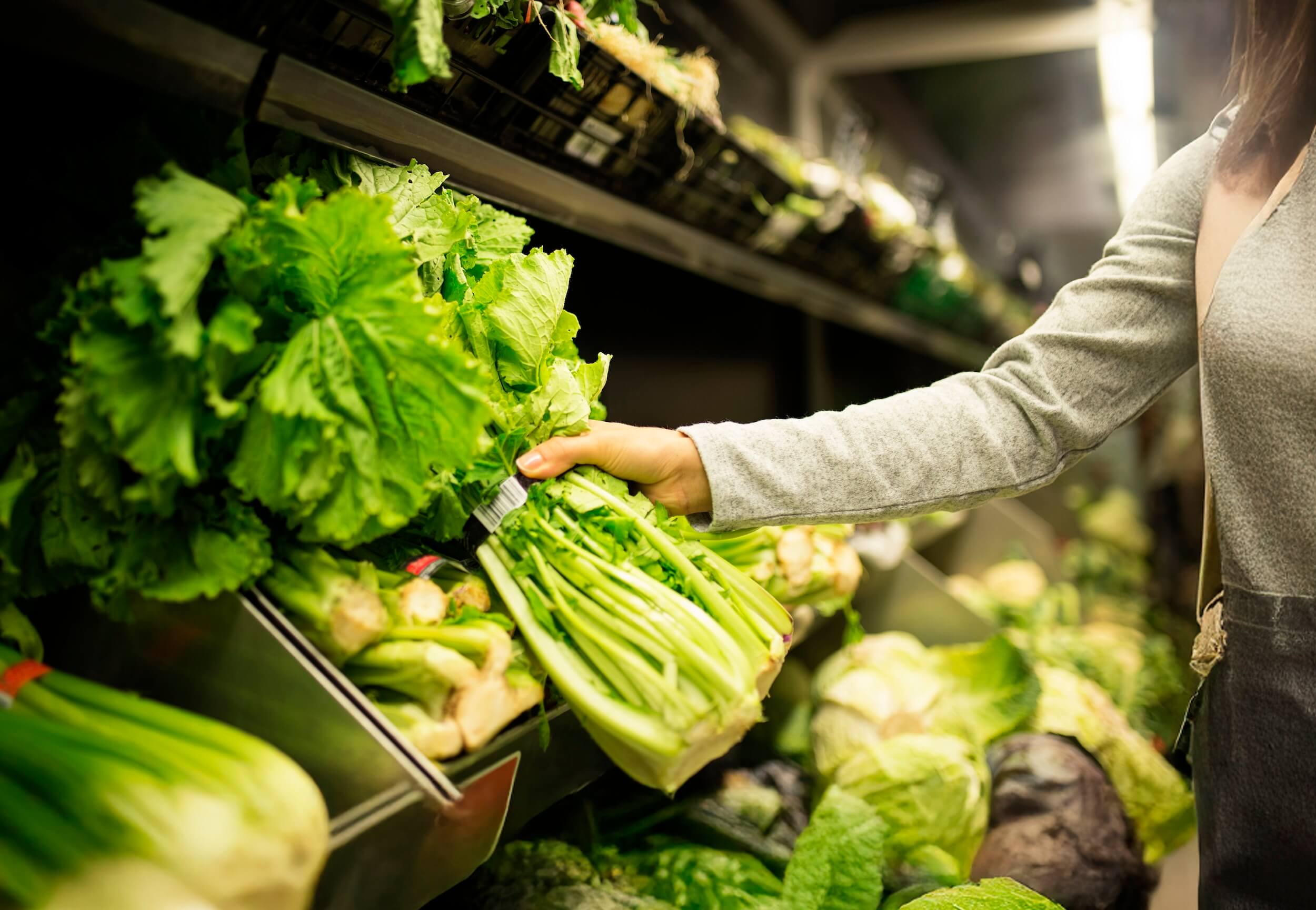






Food is fundamental for survival, but the public often overlooks food safety. The World Health Organization (WHO) and Food and Agriculture Organization (FAO) define food safety as ensuring food is free from hazards that could harm consumers by employing science-based discipline to maintain food quality, prevent contamination, and protect public health.
Contamination can occur at any stage of the food supply chain, exposing food to harmful substances, such as bacteria, viruses, parasites, or chemical pollutants like heavy metals. Consuming contaminated food can lead to more than 200 diseases—ranging from acute poisoning to long-term conditions— which substantially contribute to the global burden of disease and mortality. National, regional, and global food safety policies, frameworks, standards, and systems are in place and are continuously being improved to safeguard consumers’ health better.
It is everyone’s business to guarantee and provide safe and healthy food for all. Various stakeholders from farm-to-table or across the food supply chain have different roles and responsibilities. These stakeholders include government regulators, food business operators, consumers, academics, and the network of agencies dealing with food security, nutrition, environmental, agricultural, and socio-economic sectors. As a result, foodborne disease prevention and control is not exclusively the health sector’s role but requires a broader perspective and coordination, commonly cross-agency or cross-sectoral.
Food safety is also associated with nutrition and food security, as breaches in food safety can aggravate or lead to cycles of malnutrition and disease. In broader terms, the globalised food trade and modern food chains, increasing global population, evolving and emerging hazards related to antimicrobial resistance and climate change, and the rapidly changing food systems significantly impact food safety. The movement of people and food across borders also drives demand for diverse food products, leading to a more complex and extended global food supply chain.
In ASEAN, an estimated 52 million people fall ill from contaminated food each year (ASEAN, 2022) due to the region’s abundant agricultural production and diverse culinary landscape, which increases the complexity of food safety management. Typical examples in the region are foodborne outbreaks linked to contaminated food, including raw or undercooked meat, poultry and seafood, dairy products, vegetables, fruits, and processed food. Challenges to ensuring food safety in ASEAN include inadequate surveillance systems contributing to inadequate public data on foodborne diseases, underreporting, and insufficient risk communication (ASEAN, 2024).
Given the national, regional and global challenges related to food safety, policy development and expanding cooperation to ensure food safety in ASEAN became necessary. The ASEAN Food Safety Policy is a landmark instrument, providing direction to ASEAN with the overall goal of protecting consumers’ health, ensuring fair practices in food trade, and facilitating the free movement of safe food products within the region. This goal is realised through establishing and implementing food safety measures, harmonising food safety measures and control procedures, and strengthening national food control systems in ASEAN Member States.
The regional cross-sectoral cooperation on food safety, which spans the work of the agriculture, economic, and health sectors, was initiated by the ASEAN Food Safety Policy. Recognising the cross-cutting nature of food safety policy, the Secretariat, in cooperation with the ASEAN Regional Integration Support by the European Union (ARISE) PLUS, led the establishment of the ASEAN Secretariat Food Safety Coordinating Committee. It is made up of officers from the following divisions of the secretariat: Standards and Conformance; Health; and Food, Agriculture, and Forestry. The Task Force on the Development of the ASEAN Food Safety Regulatory Framework (TF AFSRF), composed of sectoral body representatives, was also established to mirror the Coordinating Committee of the ASEAN Secretariat. These include the Prepared Foodstuff Product Working Group (PFPWG) under ASEAN Economic Ministers (AEM) Meeting as lead, ASEAN Health Cluster 4 on Ensuring Food Safety under the ASEAN Health Ministers Meeting (AHMM), and relevant Working Groups under the ASEAN Ministers on Agriculture and Forestry (AMAF). Promoting effectiveness, harmony, and coherence across these groups is essential to supporting food safety implementation in ASEAN.
Following the adoption of ASEAN Food Safety Policy by three ministerial bodies—namely ASEAN Economic Ministers (AEM), ASEAN Health Ministers (AHMM), and ASEAN Agriculture and Forestry Ministers (AMAF)—the ASEAN Food Safety Regulatory Framework Agreement (AFSRFA) was developed to provide principles, requirements, processes, and a coordinating mechanism to implement the ASEAN Food Safety Policy and to address food safety control along the food supply chain. Once ASEAN Member States fully ratify the AFSRFA, the ASEAN Food Safety Coordinating Committee (AFSCC) will be established and replace the Task Force. The AFSCC shall plan, oversee, and review the implementation of the Agreement; liaise with ASEAN bodies under the AMAF, AEM, and AHMM, and implement and monitor ASEAN initiatives relating to food safety, among others.
Food Safety and the Sustainable Development Goals
Promoting food safety is linked to Sustainable Development Goals (SDGs) Goal 2 on Zero Hunger, aiming to eliminate hunger and improve access to safe, nutritious and sufficient food all year round. The emphasis is on people living in poverty and vulnerable situations, including infants and children. It is also related to other SDGs such as good health and well-being (Goal 3), elimination of poverty (Goal 1), gender equality (Goal 5), water and sanitation (Goal 6), sustainable production and consumption (Goal 12), and climate change (Goal 13).
Global Burden of Foodborne Diseases
Global statistics reveal the consequences of unsafe food: 600 million cases of foodborne diseases (FBDs) annually, leading to 420,000 deaths and costing low and middle-income countries an estimated 110 billion US dollars. On the other hand, the economic cost of unsafe food varies across countries. A 2018 World Bank study found that unsafe food annually costs low- and middle-income countries an estimated 95.2 billion US dollars in productivity loss and 15 billion US dollars in medical expenses (Jaffee et al., 2019). A portion of these costs could be avoided by enforcing preventive measures through food safety guidelines set by healthcare institutions, government agencies, and international bodies such as the WHO and FAO.








